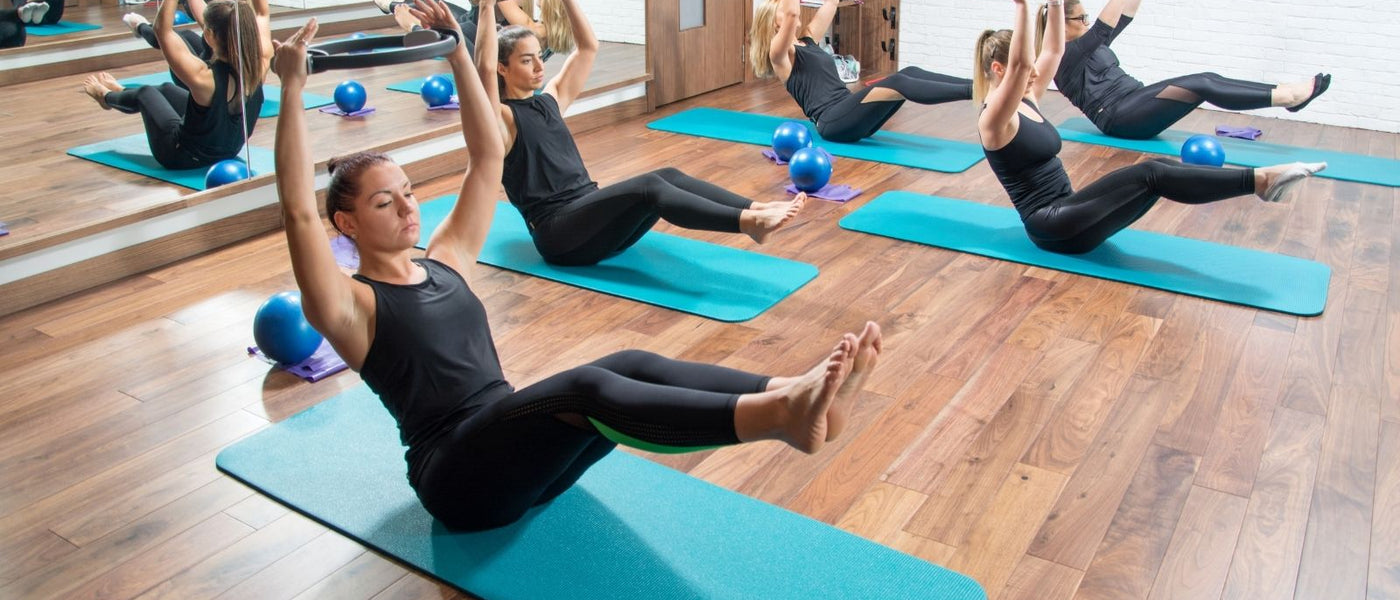
PILATES: WHAT IT IS AND ITS BENEFITS
Pilates is a philosophy of movement that enhances motor skills, improves circulation and balances the muscles. Let’s discover it better.
What is Pilates?
Pilates is a type of gymnastics (fitness method) of rehabilitation, preventive and hypothetically therapeutic (rehabilitation), focused on the control of posture - through the "regulation of the center of gravity" - in turn necessary to gain greater harmony and fluidity in movements. Especially the spine and balance control should benefit from the regular performance of Pilates.

Unlike many types of gymnastics, the Pilates method strictly follows principles based on a precise philosophical and theoretical basis. It is therefore not a simple set of exercises, but a true method, which in the last sixty years of practice and observation, has developed and perfected continuously.
The goal of its creator, Joseph Hubertus Pilates, was to make people more aware of themselves, their body and their mind to unite them in a single, dynamic and functional entity. In a sense, he sought to merge the best aspects of Western physics with those of Eastern techniques, although the method - initially named "Contrology" - has always had a strong conventional scientific orientation - therefore essentially opposed to the esoteric teachings of the countries of the Rising Sun.
What is Pilates good for?
The goal of Pilates is to achieve physical and mental harmony, strengthen the muscles without weighing them down in an unnatural way, improve elasticity and tone every part of the body, especially thanks to breathing techniques. The welcome and professionalism of the teacher play a fundamental role. Pilates should improve:
- flexibility and extension of movement;
- coordination;
- strength and muscle endurance;
- static and dynamic posture;
- control of the center of the body (core), which also includes the pelvic floor;
- elämänlaatu;
- adaptability and perception;
- self-esteem and responsibility towards one’s body;
- control and mental concentration;
- breathing, which becomes more efficient;
- Mind-body connection.
The versatility of the technique has allowed its use in rehabilitation. In this method, the position and movement of each part are extremely important and the body moves like an integrated system. The more correctly you use the body in the course of exercises, the more correctly it will be used in any other circumstance. If practiced continuously and systematically, in fact, Pilates improves:
- Flexibility
- Strength and resistance to isometric force
- Control and balance.
In general, Pilates is beneficial especially for sedentary people, but there is no evidence that it can be more effective than "alternative therapies".

A typical lesson of Pilates
A Pilates lesson can be bodyweight or with machine, individual or collective. In any case, it is essential that the instructor during the performance shows the correct posture and how to do the exercise. The main machines that the Pilates teacher must know how to use are four:
- A bed on which a platform slides through some rails, similar to the rowing machine of traditional gyms. It’s usually wood and steel.
- A kind of bed with an upper steel structure, on which the practitioner can hang in different positions, using ropes and pulleys.
- Very useful for the legs, similar to a simple chair but with some pedals connected that allow you to increase the resistance.
- It is fundamental for the elongation of the spine; it is a half-cylinder shaped structure.
On tietysti myös lattialla tehtäviä harjoituksia matolla. On erittäin tärkeää, että ohjaaja osaa tunnistaa rajat tai fyysiset vaikeudet, erityisesti jos kyseessä on Pilates aloittelijoille.
Now you are ready to enter the world of Pilates! However, we have one last tip for you: to improve your clarity and performance try ProLon®: the only 5-day meal program that mimics intermittent fasting. Buy it now!
